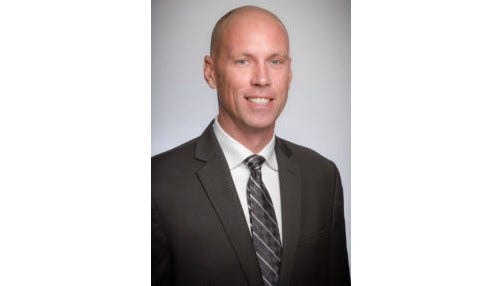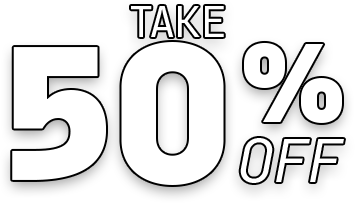Helping Curb The Opioid Epidemic

Subscriber Benefit
As a subscriber you can listen to articles at work, in the car, or while you work out. Subscribe NowIt’s no secret that prescription drug abuse has turned into an epidemic throughout the U.S. Everyday, more than 115 people die from overdosing on opioids, according to the National Institute of Drug Abuse. The Center for Disease Control and Prevention estimates the total economic burden of prescription misuse in the U.S. to be at $78.5 billion a year, which includes health care costs, treatment and criminal justice involvement.
CareSource, a nonprofit health plan, is among those working to curb these numbers, especially in the Midwest. The Midwest has been affected most by the epidemic, with overdoses surging by 70 percent, according to the CDC.
Knowing the best steps to take in dealing with substance use disorders is important. Steve Smitherman, President of CareSource in Indiana, offers the following tips for supporting someone with a substance use disorder.
1. Educate yourself on substance use disorders.
Taking time to educate yourself on the facts surrounding substance use disorder can be an effective way to help someone through the recovery process. Education is key – find the best resources available and where to access treatment. One helpful resource is the Substance Abuse and Mental Health Services Administration (SAMHSA) website, which contains information about substance abuse, treatment types, treatment locators and more.
2. Seek medication assisted treatment.
Medication Assisted Treatment (MAT) is the top treatment option for opioid abuse disorder (OUD) and is considered the gold standard in addiction care. MAT combines behavioral therapy and counseling with medication approved by the US Food and Drug Administration (FDA) that provide a holistic or whole-patient approach to dependency. The treatment, regulated by a doctor, allows those with OUD to reduce their cravings and dependency quickly to begin their recovery.
3. Recognize that detoxification is not treatment.
Detoxification is a set of interventions that aim at clearing toxins from the body and managing the physical harm of withdrawing from opioids or other substances. Detoxification by itself is not treatment. It is a means to get to treatment and should only be considered if plans for ongoing treatment are established. In fact, due to the high tolerance levels of opioids and rapid withdrawal, detoxification without follow-up treatment can increase the risk an overdose.
4. Try turning to technology.
There are many great mobile apps available to support the recovery process, like the Narcotics Anonymous (NA) Meeting Search app. This app shows you the closest NA meetings and support groups by area code as well as in your vicinity using your device’s GPS location. Any app used during recovery should be used in conjunction with treatment.
5. Get a Narcan kit.
When an opioid overdose occurs, breathing stops. That’s where the drug naloxone, or Narcan, can help. Narcan is the FDA-approved medication used to block the effects of opioids, especially in the case of an overdose.
A recent, statewide study of emergency naloxone doses in Massachusetts found that when given Narcan, 93 percent of people survived their overdose. Narcan kits are easy to use and easy to obtain from any pharmacist. CareSource was one of the first insurance companies to cover Narcan kits for members.
6. Realize that recovery is possible.
Treatment works. While it is a long-term process, recovery from substance use disorders is possible. Substance use disorders are like all chronic conditions and often require repeated episodes of treatment and ongoing maintenance. With evidence-based, medication assisted treatment, behavioral health interventions and recovery support, those who suffer from addiction can improve their health and wellbeing.

